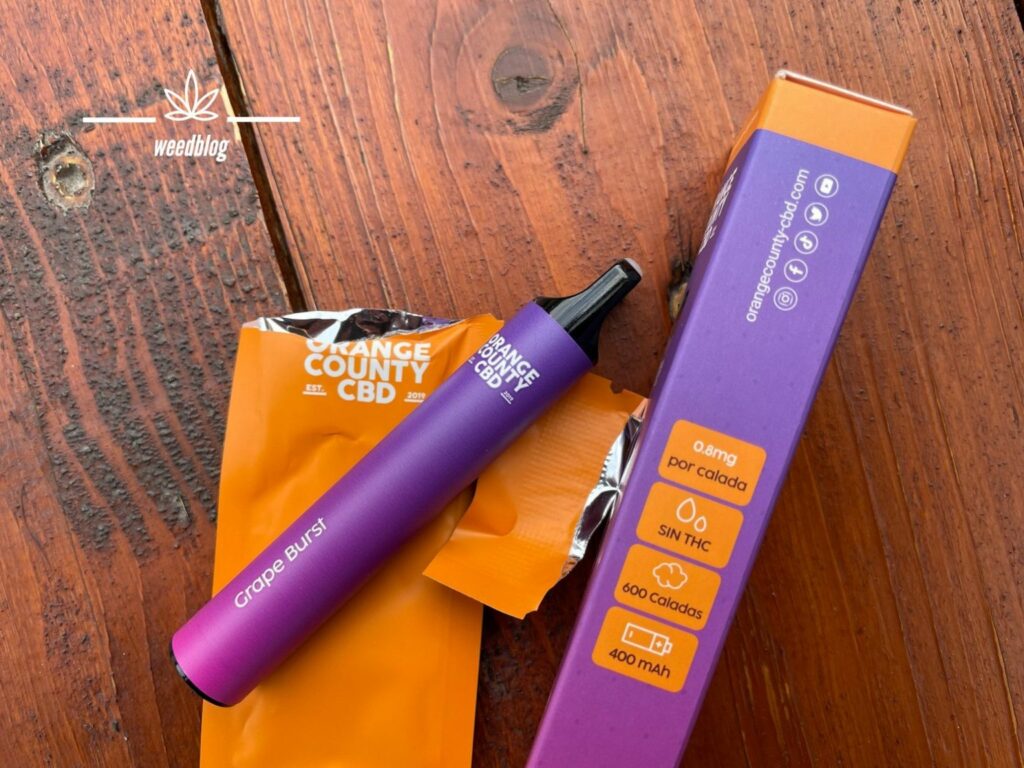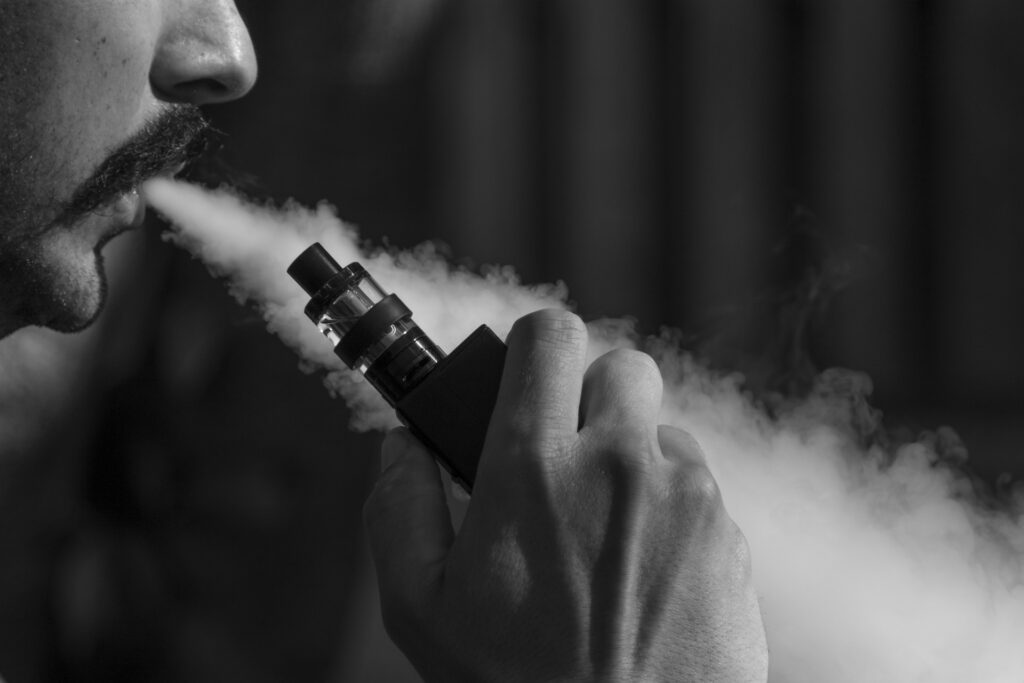If you’ve ever picked up a vape liquid or a disposable e-cigarette, you’ve probably noticed the abbreviations PG and VG on the label. These terms are popping up everywhere, especially as vaping continues to grow in popularity. But what exactly do they mean? Simply put, PG and VG are key ingredients in the liquids used for vaping, whether they contain nicotine or CBD (cannabidiol). You’ll find both PG (propylene glycol) and VG (vegetable glycerin) in most nicotine and cannabis-based e-liquids. Some high-end CBD products are an exception, often skipping PG and VG in favor of pure cannabis distillate, which doesn’t require these additional ingredients. However, these tend to be more expensive.
What do PG and VG stand for?
PG and VG refer to propylene glycol and vegetable glycerin, two substances found in nearly all vape liquids and e-cigarettes on the market today. The ratio of these two ingredients can vary, which directly affects your vaping experience. If you’re someone who enjoys a more intense, flavorful hit, you’ll likely prefer a liquid with a higher PG content. On the other hand, if you’re after thick, billowing clouds of vapor, a higher VG content is what you’re looking for. However, it’s important to match the PG/VG ratio to your device’s coil resistance for optimal performance.
What is PG (Propylene Glycol)?
The formula here is pretty straightforward— the higher the PG (propylene glycol) content, the higher the coil resistance required. If the resistance isn’t quite right, you might not get the vapor quality you’re expecting. For a vaporizer with a coil resistance between 1.5 and 2.5 ohms, a liquid with a 70% PG and 30% VG ratio usually works best. A 50/50 mix can also do the job, but it won’t deliver the same level of flavor or throat hit as a higher PG blend.
What Is VG (Vegetable Glycerin)?
VG (vegetable glycerin) works a bit differently. In this case, the higher the VG content, the lower the coil resistance should be. For instance, if your coil resistance is between 0.1 and 0.4 ohms, you’ll want a liquid that’s around 80% VG. This higher VG content produces dense, thick clouds of vapor that many vapers love. But if you’re more interested in a strong hit with lots of flavor, a higher PG content paired with a higher resistance coil is likely a better fit.
Where Can You Find PG and VG?
PG and VG are the primary components of almost all vape liquids on the market, whether they contain nicotine, are nicotine-free, or infused with cannabis compounds like CBD or terpenes. However, there are some exceptions, particularly with premium cannabis liquids that use pure distillates without PG or VG. These products, like certain CBD liquids or disposable CBD e-cigarettes from brands like Orange County CBD, can be significantly more expensive as a result.
PG/VG ratio
The PG/VG ratio is one of the main factors that differentiate vape liquids, whether they contain nicotine or CBD. Some liquids have a 70% PG to 30% VG ratio, while others flip that ratio around. This is because different vaporizers have different atomizers and coils, each requiring a specific type of liquid for optimal performance. Some setups work best with higher resistance coils, while others need lower resistance. This means you can choose whether you prefer a strong, flavorful hit or a lot of vapor.
In short, the PG/VG ratio is critical factor in distinguishing between different liquids or e-cigarettes. Aside from the specific flavor, the VG to PG ratio also gives an idea of what to expect from the vapor—whether it will be thin but flavorful or thick and less aromatic.









